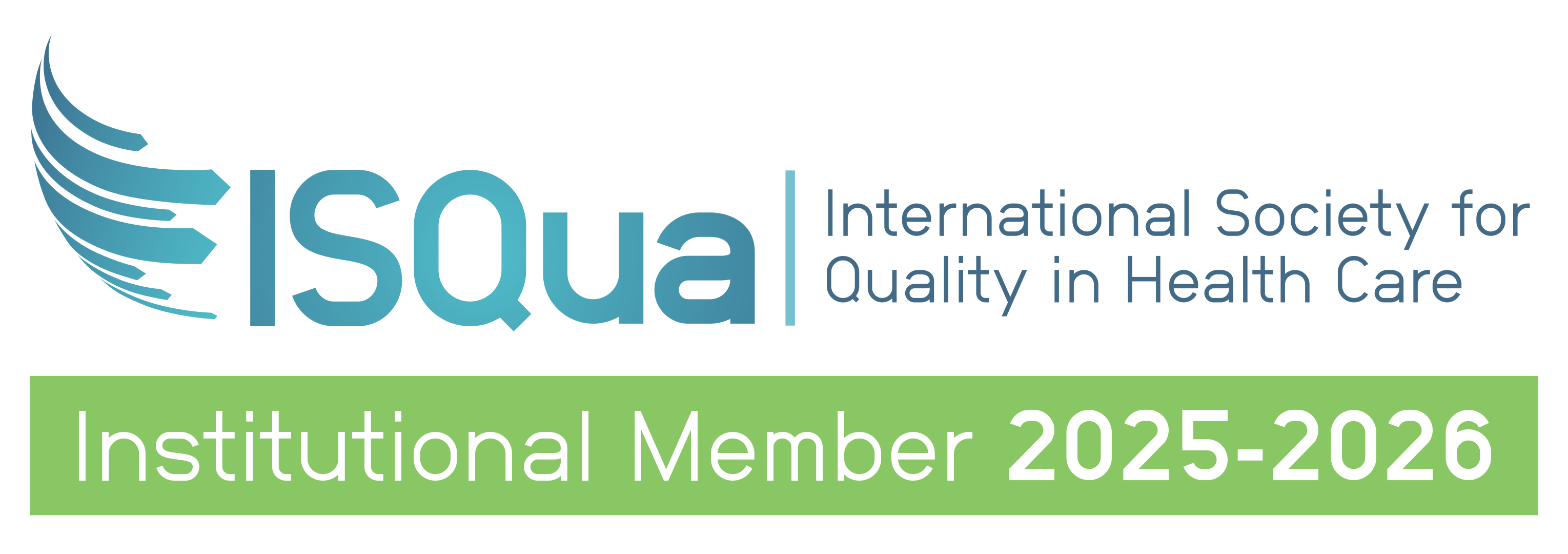_1.png?width=800&auto=format)
QI in Action: Improving Line Labelling Compliance
We spotlight Emily De Bruyn’s impactful project addressing line labelling compliance at Fiona Stanley Fremantle Hospital Group.
The ACHS Improvement Academy’s Quality Improvement Lead (QIL) Program supports healthcare professionals in implementing data-driven improvement initiatives within their organisations.
QIL Graduate, Mrs Emily De Bruyn’s project titled, ‘User-applied Line Labelling: Monitoring Compliance, A Retrospective Analysis,’ aimed to increase the monitoring and compliance with the user-applied line labelling policy across the Fiona Stanley Fremantle Hospital Group.
Fiona Stanley Fremantle Hospitals Group delivers hospital and community-based public health to a population of more than 698,616 across the southern half of Perth. Services at Fiona Stanley Fremantle Hospitals Group comprise of Fiona Stanley Hospital, Fremantle Hospital and Rottnest Island Nursing Post.
Project Background
During accreditation in 2022, opportunities for improvement were identified in relation to Standard 4.02 – Medication Safety, specifically around the use of user-applied line labelling. At the time, line-labelling compliance across FSFHG averaged just 57%, with some services recording rates as low as 23%. Inconsistent or missing line labels, which indicate route, date, and time of administration line, pose a significant risk for medication errors and patient harm.
Uncovering Barriers and Driving Change
With support from the medication safety committee and the Safety, Quality and Risk (SQR) executive, the team undertook a structured improvement project. Data collection leveraged existing auditing tools, including the Weekly Engagement of Consumers in an Audit of National Standards (WECAN) program, providing real-time ward-level compliance data via dashboards.
Through process mapping and frontline staff feedback, several key barriers to compliance were identified. This included a lack of awareness of the policy, unclear processes, time constraints and inconsistent access to labelling resources.
A series of interventions were introduced to drive improvement. This included education and awareness for staff, with wards provided with huddle script and posters detailing line-labelling process. Actions were taken to ensure all wards had access to the appropriate line labels to for their patient cohort.
Results and Ongoing Improvement
The results of the project were positive with compliant rate starting from 54%, peaking at 82%, and maintaining steady compliance over a one-year period. The interventions considered in this project were hospital-wide, so the spread of the interventions has already occurred as part of the project. The medication safety committee will continue to monitor the WECAN line labelling compliance and implement actions as required.
Explore projects from QIL Program Graduates
You can read more projects like this in the QIL Projects Summary booklet undertaken by QIL 2021-2023 participants over the course of our 9-month program.
The booklet contains summaries of real work-based improvement projects across various healthcare categories including acute healthcare, community, drug and alcohol services, partnering with consumers and more. Project Summaries booklets are available for viewing here.

